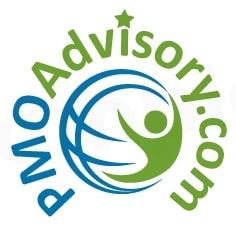“Agile thus operates under three laws—one, the Law of the Small Team; two, the Law of the Customer, and three, the Law of the Network. Together they generate the basics of the Agile organization. The three laws enable us to make sense of the myriad Agile practices that may or may not be applicable in any particular context. Practices may change, but the Agile mindset applying the three laws of Agile endures. They offer a lasting guide to what’s involved in an organization becoming Agile.
Of the three Laws, the first Law—the notion that work in principle should be done in small teams working in short cycles—is the best known in the Agile world because that’s what received most of the attention of the early Agile software developers.
But it is the second Law— the idea that the very purpose of a firm is to deliver value to the customer— is the most important, because it is the principle that makes sense of the other two principles and that permits the greatest insight into why an Agile organization operates the way it does.
Yet the lynch-pin of Agile is really the third principle: the impact of high-performance teams and the customer focus will be sub-optimal unless the whole organization operates as an interactive network. It is when the three elements combine together and focus on a common external goal that we get the explosive increment in value that comes from truly embracing Agile”. – Steve Denning, excerpted from his article “Explaining Agile” @ Forbes, click here to read the article in its entirety.
Insightful and well said! PMO Advisory offers courses throughout the year designed for project professionals interested in Portfolio (PfMP), Program (PgMP), Project (PMP & CAPM) Risk (PMI-RMP) Management, and Agile (PMI-ACP) certifications.

